Beyond the Big Core Board
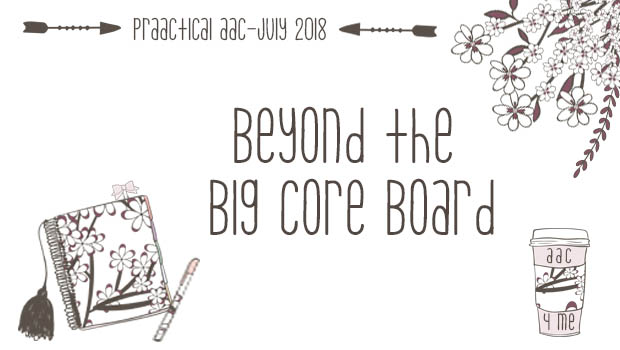
Poster-sized communication boards with core vocabulary have become popular additions to many classrooms and therapy rooms. Having these AAC options so readily accessible made it easier for some therapists, educators, paraprofessionals, and families who were relatively new to AAC, begin to embed it in conversations, lessons, and naturally-occurring routines throughout the day. And that’s a good thing!
But…it’s just the beginning. Effective AAC service providers know that there are many more steps on the path to communicative competence. Let’s keep going!
One important thing to do at this stage is to customize the AAC display to meet the specific needs and abilities of our individual students. One size doesn’t fit all. If you’re ready to move forward in your own AAC support practices, here are a few questions you can ask yourself to identify some potential next steps.
- How can I ensure that my beginning communicators have access to words that represent the things they want to talk about? Core vocabulary is terrific, but it isn’t usually high in motivational value. Bryce is just getting started in his language learning journey and has lots of interest in Peppa Pig, tickle games, and swinging. We can respect our student’s individual needs and preferences by making sure that we’re providing equal access to the specific things that drive them to want to communicate with us.
- What customization needs to be done to accommodate my students’ visual difficulties? This may be a change to the communication display itself (such as using a different type of symbol or using specific background colors) and other variables that impact visual processing (e.g., distance from the materials, lighting).
- Is the amount of vocabulary a good fit for my students? Perhaps they’ve outgrown the initial display and need more vocabulary. Or maybe they seem frustrated and distracted by a full display and need a pared-down version for a while.
- What changes need to be made to how they access the communication display? Some students are fine with finger pointing, but others may need partner assisted scanning or eye gaze.
- What data collection can I put in place to help me better understand what my students know and what they still need to learn? Like a map or GPS which guides us to our destination, data allows us to ‘steer’ our intervention in the direction that is right for this particular student.
Have you found effective ways to move from a general approach to AAC to one that is student-specific? We’d love to hear about them.
Filed under: Featured Posts, PrAACtical Thinking
Tagged With: core vocabulary, precision AAC
This post was written by Carole Zangari

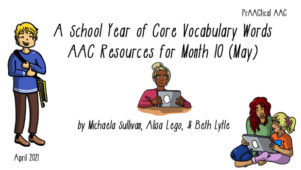
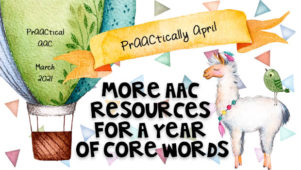
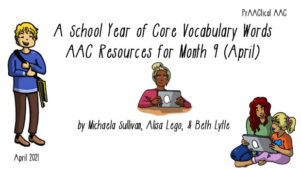
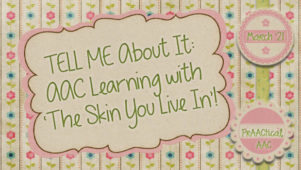
1 Comment
Hello to all you amazing people at PrAACtically AAC. I have learned SO much from you all over the years. It was a major highlight to meet Carol at ATIA 2 years ago. I am seeking some advice about the LAMP program. We attended an outstanding presentation by John Halloran a few months ago and were really taken by his knowledge and the power behind the motor planning philosophy he shared about his Words for Life/Lamp approach. Do you have any information about “pros/cons” of this approach for AAC? We are wondering if there are any issues with getting “buy in” from all stakeholder/communication partners in a student’s day? We have been successful teaching our whole school to use a Core/Fringe system based on the Universal Core and it is used school wide through Big Core and smaller communication books daily. Thanks much Kathleen,SLP ,Wisconsin